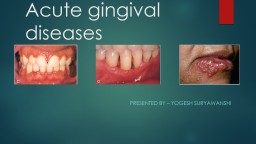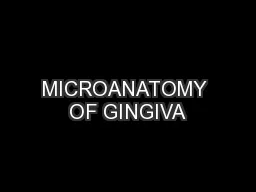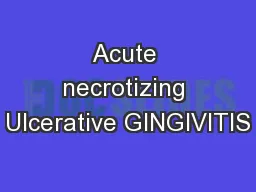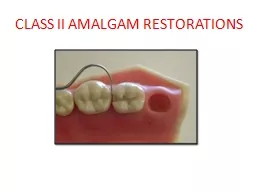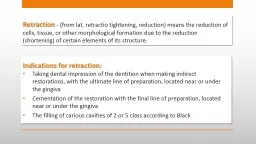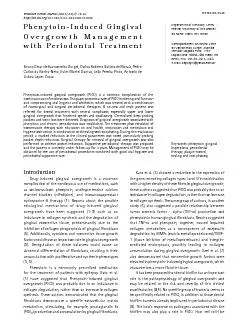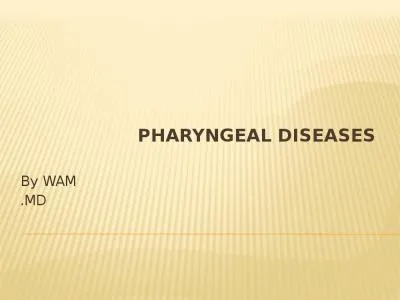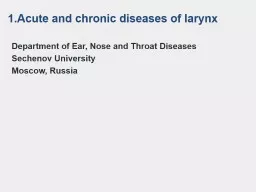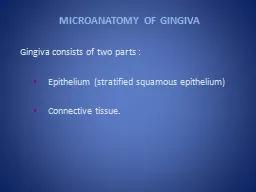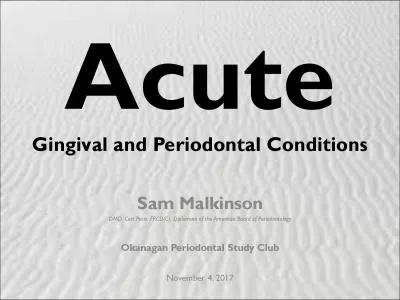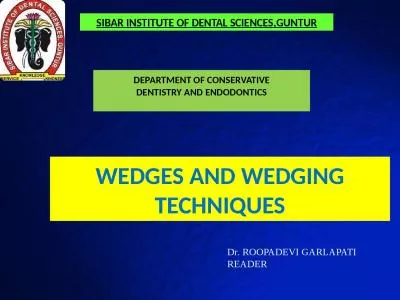PPT-Acute gingival diseases Presented by –
Author : claire | Published Date : 2024-02-09
Yogesh Suryawanshi Contents Introduction Necrotizing ulcerative gingivitis Necrotizing ulcerative periodontitis Necrotizing ulcerative stomatitis Primary herpetic
Presentation Embed Code
Download Presentation
Download Presentation The PPT/PDF document "Acute gingival diseases Presented by –" is the property of its rightful owner. Permission is granted to download and print the materials on this website for personal, non-commercial use only, and to display it on your personal computer provided you do not modify the materials and that you retain all copyright notices contained in the materials. By downloading content from our website, you accept the terms of this agreement.
Acute gingival diseases Presented by –: Transcript
Yogesh Suryawanshi Contents Introduction Necrotizing ulcerative gingivitis Necrotizing ulcerative periodontitis Necrotizing ulcerative stomatitis Primary herpetic gingivostomatitis Periodontal abscess. INTRODUCTION. ORAL MUCOSA consists of 3 zones:. 1. . M. asticatory. mucosa-. gingiva. plus over hard palate. 2. Specialized mucosa- over tongue. 3. Oral mucous membrane- in remaining oral cavity. DMFT Index. Was introduced by Henry Klien, Carrole E.Palmer and Knutson J.W in 1938. Method. Applied to permanent teeth . D…………..decayed teeth. M…………..missing due to caries. F…………….previously filled teeth. Level of attachment:. The level of attachment is the distance between the base of the pocket and a fixed point on the . crown,such. as the CEJ. . Changes in the level of attachment can be due to gain or loss of attachment and gives a better indication of degree of periodontal destruction.. Gingiva consists of two parts : . Epithelium (stratified . squamous. epithelium). . Connective tissue.. GINGIVAL EPITHELIUM . can be divided into : . Oral / outer Epithelium . - . faces the oral cavity . Pc of ANUG. Clinical features of acute necrotizing ulcerative gingivitis (ANUG. ). Soreness . bleeding of the . gingivae. Necrosis of the gingival papillae. Halitosis. Predisposing factors. The most common predisposing factors other than systemic ones are tobacco smoking and psychological stress, although it is by no means easy to see how these factors operate. Nicotine causes vasoconstriction of blood vessels with a consequent reduction of blood supply to the tissues and increased susceptibility to infection and damage.. A Class II preparation. No. 245 Bur . Pear shaped bur No. 330. INITIAL DEPTH. Initial depth is 1.5 mm from the central pit or 0.2-0.5 mm into dentin or 2mm from the prepared . buccal. and lingual walls.. Cedar Mountain post acute rehabilitation center provide a therapeutic environment for our residents Yucaipa. Individualized treatment programs are developed with the interdisciplinary team of nursing, social services, Healthcare and dietary in consultation with your physicians. retractio. tightening, reduction) means the reduction of cells, tissue, or other morphological formation due to the reduction (shortening) of certain elements of its structure.. Indications for retraction:. 43 Braz Dent J 26(1) 2015 PIGO and periodontal management 42 smooth muscle cells and in the myofibroblasts in the Gingival overgrowth is a fibrotic enlargement of the gingiva that can be caused by a v By WAM. MD.. Adenoids. A hypertrophy of nasopharyngeal lymphoid tissue sufficient to produce symptoms, common between 3-7ys.. Department of Ear, Nose and Throat. . Diseases. Sechenov. University. Moscow, Russia. Department of Ear, Nose and Throat Diseases. Sechenov. University. Moscow, Russia. Lecturer . Eremeeva. Ksenia Vladimirovna, PhD, Associate Professor. Epithelium (stratified . squamous. epithelium). . Connective tissue.. GINGIVAL EPITHELIUM . can be divided into : . Oral / outer Epithelium . - . faces the oral cavity . Sulcular. Acute Sam Malkinson DMD, Cert Perio, FRCD(C), Diplomate of the American Board of Periodontology Okanagan Periodontal Study Club November 4, 2017 Objectives By the end of this lecture you will: • kno SIBAR INSTITUTE OF DENTAL SCIENCES,GUNTUR. . DEPARTMENT OF CONSERVATIVE . DENTISTRY AND ENDODONTICS. Dr. ROOPADEVI GARLAPATI. READER. Contents. Introduction. Functions. Types. Placement of wedges. Different Wedging Techniques.
Download Document
Here is the link to download the presentation.
"Acute gingival diseases Presented by –"The content belongs to its owner. You may download and print it for personal use, without modification, and keep all copyright notices. By downloading, you agree to these terms.
Related Documents

